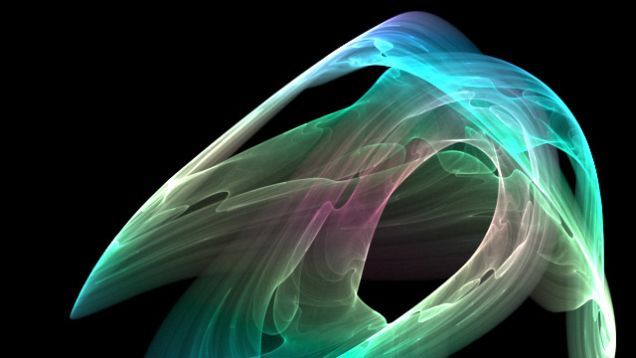It appears that the standard tools used to identify chaotic signatures might be missing lots of hidden chaos — especially in systems that seem like they’re not chaotic at all.
Chaos theory is famously associated with so-called “strange attractors,” marked by a telltale butterfly-wing shape (see above). But according to a new paper by two University of Maryland mathematicians, sometimes chaos looks more like “a strange repeller,” or something else entirely.
“Scientists talk a lot about chaos and they don’t agree exactly on the [mathematical] definition,” Brian Hunt, one of the co-authors, told Gizmodo. So when the journal Chaos asked him and his UMD collaborator, Edward Ott, to write something for its 25th anniversary, he jumped at the chance to to come with a broader definition of chaos — a kind of universal signature, if you will — that would provide a handy mathematical tool for ferreting out where chaos might be hiding in previously unsuspected areas.
